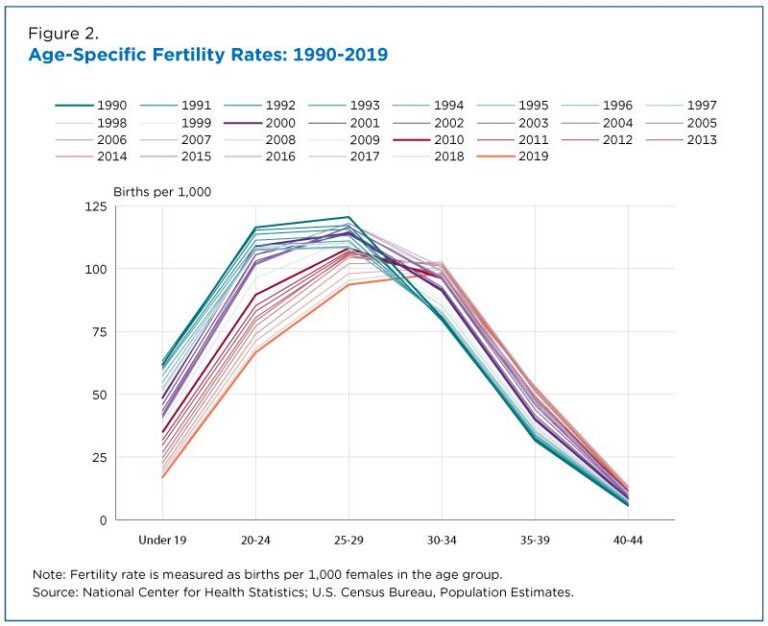Italy is facing a demographic crisis as birth rates continue to plummet, sparking urgent discussions across the country about the future of its communities. With fewer babies being born each year, rural villages and even larger towns are grappling with population decline, aging residents, and the potential disappearance of longstanding cultural traditions. The BBC examines the complex factors behind Italy’s shrinking birthrate and explores the government’s search for solutions to reverse the trend before entire villages are lost.
Italy’s Shrinking Birthrate Raises Alarms for Future Generations
Across Italy, rural communities are witnessing a stark transformation as birthrates plummet to historic lows. Small villages, once vibrant with the laughter of children, now face an uncertain future as young families struggle with economic insecurity, limited childcare options, and job instability. This demographic shift not only threatens the cultural fabric of these areas but also places immense pressure on local services and economies. Experts warn that unless immediate action is taken, entire communities could disappear within a generation, amplifying the challenges of an already aging nation.
Authorities and policymakers are exploring various strategies to reverse this trend, including:
- Financial incentives for new parents such as baby bonuses and tax breaks
- Improved parental leave policies to support work-life balance
- Investment in early childhood education and accessible daycare centers
- Encouragement of rural repopulation through housing subsidies and employment opportunities
| Year | Birthrate (per 1,000 people) | Population Under 15 (%) |
|---|---|---|
| 2010 | 9.4 | 14.5 |
| 2015 | 8.3 | 13.2 |
| 2020 | 7.0 | 12.1 |
| 2023 | 6.5 | 11.7 |
Socioeconomic Challenges Behind Italy’s Declining Fertility Rates
Italy’s plummeting birthrate is deeply intertwined with persistent economic insecurity and evolving social dynamics. Young Italians, burdened by precarious job markets and soaring living costs, often delay or forgo parenthood altogether. The rise in temporary contracts and freelance work contributes to uncertain futures, making the prospect of raising children daunting. Additionally, limited access to affordable childcare and inadequate parental leave policies push many to prioritize career stability over expanding their families.
Key factors influencing fertility choices include:
- High youth unemployment rates exceeding 25%
- Housing affordability crisis across urban centers
- Insufficient family support infrastructure
- Cultural shifts towards individualism and delayed marriages
| Indicator | 2010 | 2023 |
|---|---|---|
| Total Fertility Rate (children per woman) | 1.4 | 1.2 |
| Youth (15-24) Unemployment | 23% | 28% |
| Average Age at First Child | 31 | 33 |
Policy Proposals Aim to Support Families and Reverse Population Decline
In response to Italy’s plummeting birth rates, lawmakers have introduced a series of innovative measures aimed squarely at easing the financial and social burdens facing young families. Central to these proposals is the expansion of childcare subsidies and tax incentives designed to make parenthood more affordable. Additionally, the government plans to increase paid parental leave to encourage both parents to share early childcare responsibilities, a move seen as critical in reshaping traditional family roles and boosting birth rates.
Key components of the approach include:
- Direct monthly child allowance for all newborns until school age
- Investment in rural childcare centers to support families outside urban hubs
- Housing subsidies for young couples purchasing homes in depopulated villages
- Flexible work policies that promote work-life balance, especially for working mothers
| Policy Measure | Description | Expected Impact |
|---|---|---|
| Child Allowance | Monthly payment per child until age 6 | Financial relief for young parents |
| Rural Childcare Centers | New daycare facilities in villages | Boost rural birth rates and local economies |
| Housing Subsidies | Reduced costs for young families’ home purchases | Encourage rep It looks like your message was cut off at the end. Based on the provided content, here’s a summary and continuation of the policy proposals regarding Italy’s measures to address low birth rates:
Summary of Italy’s Policy Proposals to Boost Birth RatesItalian lawmakers have introduced several innovative initiatives focused on reducing financial and social obstacles young families face, aiming to encourage more births. Key proposals include:
Policy Measures Table (Continued)| Policy Measure | Description | Expected Impact | If you want me to help you complete or improve the table or text further, just let me know! Concluding RemarksAs Italy confronts the stark reality of its declining birthrate, the implications stretch far beyond individual families to the very fabric of its communities and economy. With villages facing the prospect of fading into memory, policymakers and citizens alike grapple with how to reverse this demographic downturn. The search for sustainable solutions continues, underscoring a pressing challenge that many developed nations now share. How Italy addresses this crisis in the coming years will serve as a crucial indicator of its social and economic resilience. |




